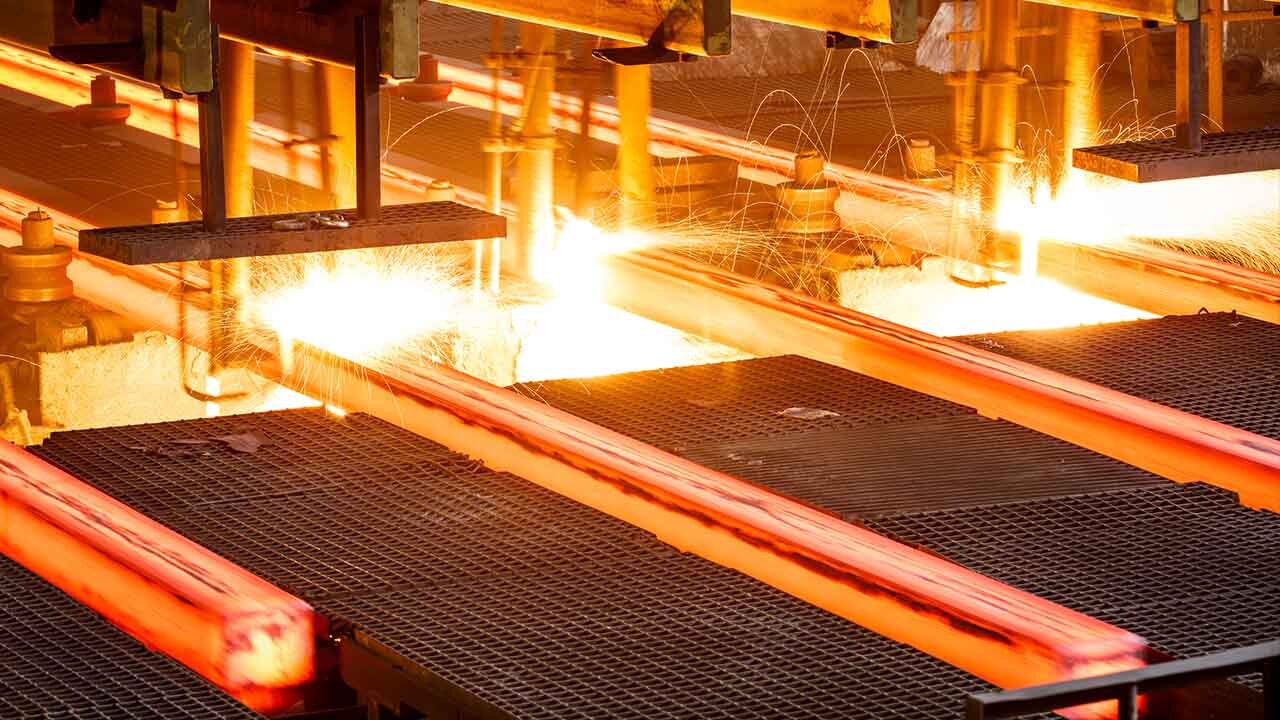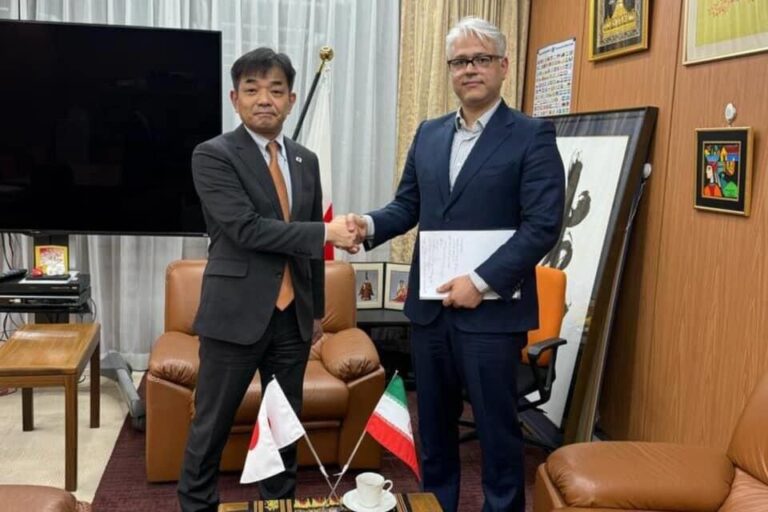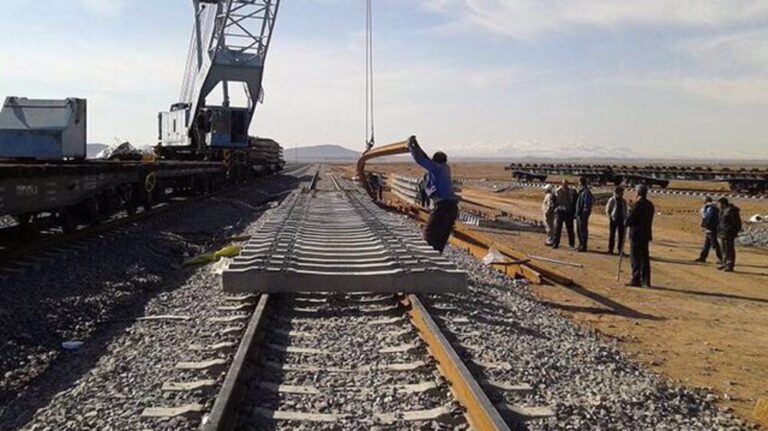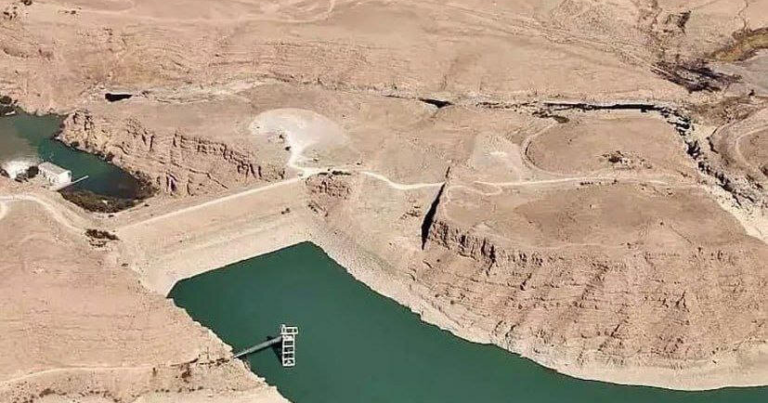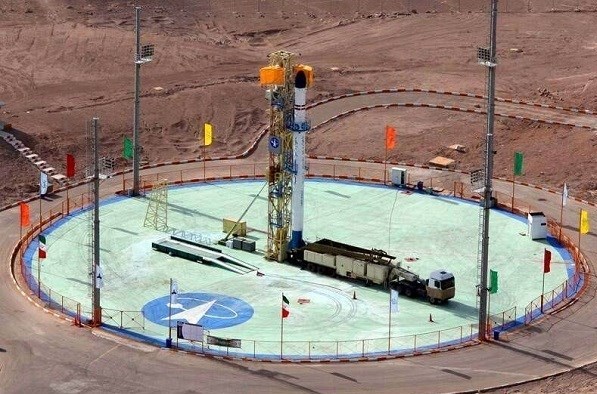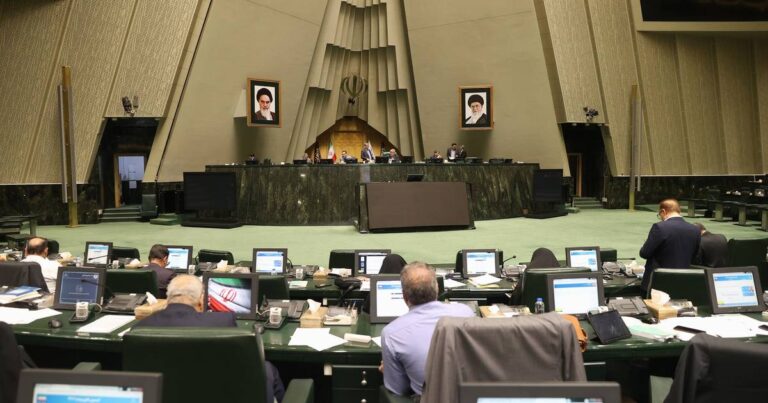Iran Sees Impressive 4.6% Boost in Mild Steel Production for April
The Iranian steel industry has recently reported significant production figures, showcasing its resilience and growth amidst challenging conditions. According to the latest data from the Iranian Steel Producers Association (ISPA), Iranian steel mills produced an impressive 3.312 million metric tons (mt) of mild steel in the month leading up to April 20. This achievement highlights the ongoing demand for steel in construction and infrastructure development.
Mild steel, also known as semi-finished steel, encompasses three primary types of steel ingots: billet, bloom, and slab. These materials are essential for creating long steel products that support the construction of buildings, roads, bridges, and other vital infrastructure projects.
According to the ISPA report, there has been a notable increase in the production of billet and bloom, which saw a rise of 2.7% in the month leading to late April compared to the same period last year. This production reached a total of 1.969 million mt.
Furthermore, the production of steel slabs also experienced a significant boost, increasing by 7.6% year-on-year to reach 1.343 million mt. This uptick in production comes after a previous decline in steel ingot output reported earlier in the year.
Recent Trends in Iranian Steel Production
Despite the recent growth, Iran has faced challenges in its steel production over the past year. ISPA data released in mid-March indicated that the country’s mild steel output had decreased to 26.953 million mt for the 11 months ending in late February, reflecting a 6.7% decline year-on-year. This downturn has largely been attributed to energy supply restrictions impacting production capacity.
The ISPA’s latest figures also reveal a broader trend in steel product output, which fell by 2.1% year-on-year in the month leading to late April, totaling 1.812 million mt. However, there are some bright spots within these figures:
- Rebar Production: Increased by 4.1% compared to April of the previous year, reaching 0.84 million mt.
- IPE (I-beams) Production: Reported a significant drop of 41.6%.
- Angle Steel and U-steel Output: Both saw a rise of 2.6%, with outputs of 0.065 million mt and 0.08 million mt, respectively.
Iran’s Position in the Global Steel Market
Despite the fluctuations in production, Iran has firmly established itself as one of the top ten largest steel producers worldwide. In recent years, the country has reported a steady increase in both production and exports of steel. This growth is particularly noteworthy given the ongoing geopolitical tensions, such as the war between Ukraine and Russia, which have had significant impacts on regional and global supply chains.
The resilience of the Iranian steel industry can be attributed to various factors, including the country’s vast natural resources and the growing domestic and international demand for steel products. As Iran continues to navigate its production challenges, the outlook for its steel industry remains cautiously optimistic.
In conclusion, the Iranian steel sector is witnessing a period of recovery and growth, marked by increased production figures and a commitment to overcoming past challenges. With ongoing investments and strategic initiatives, Iran is poised to enhance its position in the global steel market and continue contributing to infrastructure development both domestically and internationally.
Stay tuned for further updates as the Iranian steel industry evolves and adapts to the changing global landscape.
